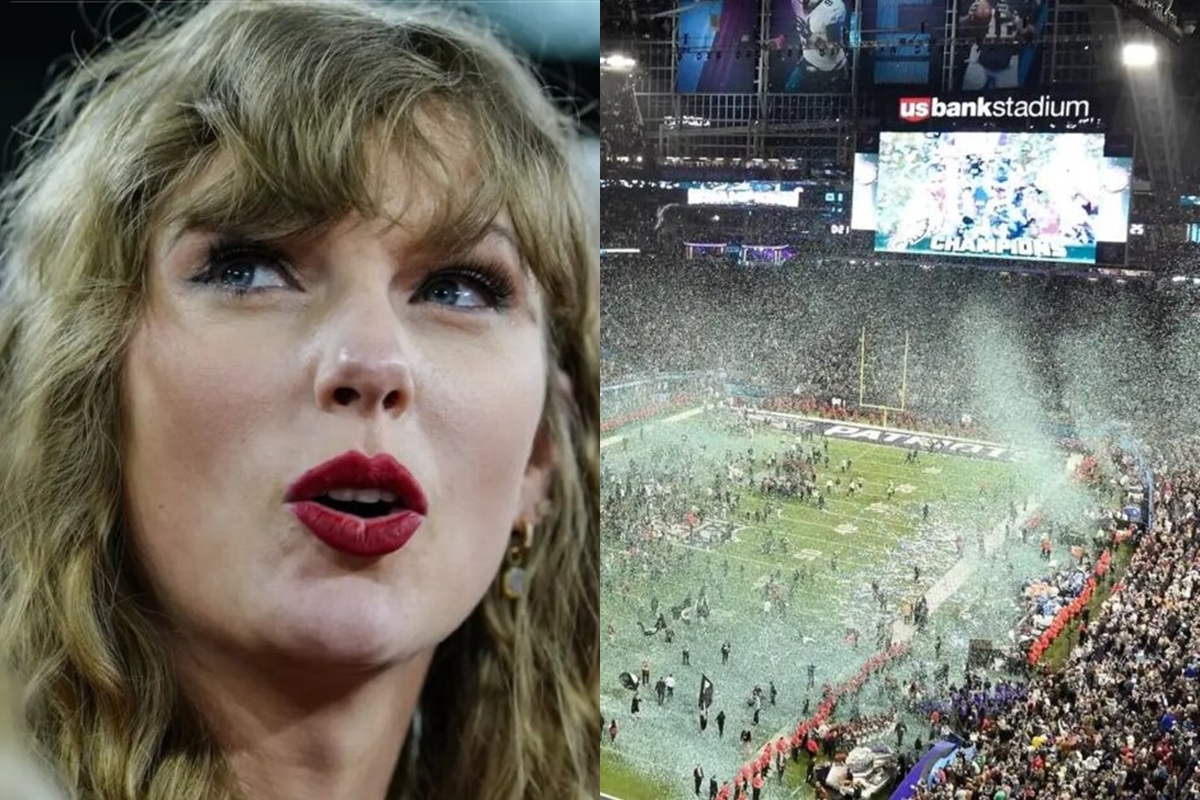Patrick Mahomes: Inside the Superstar Quarterback’s Intense Training Regimen and Diet
Patrick Mahomes has taken the NFL by storm since becoming the starting quarterback for the Kansas City Chiefs in 2017. In just his second full season as a starter, Mahomes led the league with 50 touchdown passes and was named MVP. He has dazzled fans with his incredible athleticism, arm strength, and ability to make plays outside the pocket.
To maintain his elite level of play, Mahomes dedicates himself to an intense training regimen and disciplined diet. Let’s take a closer look at how Mahomes prepares his body both on and off the field to stay at the top of his game.
Functional Fitness in the Offseason
During the offseason, Mahomes’ workouts are focused on improving his functional strength and movements on the field. He trains with his personal trainer Bobby Stroupe of 3D Athletics to target areas like agility, quickness, and mobility.
Stroupe designs circuit-style workouts that incorporate exercises like kettlebell swings, sled pushes, ladder drills, and resistance band work. The goal is to challenge Mahomes’ body in ways that directly translate to his performance on Sundays.
“We’re training movements, not muscles,” Stroupe told ESPN. “A lot of lateral movement, a lot of change of direction. Things that are sport-specific to football.”
Big lifts like squats and deadlifts are certainly part of Mahomes’ regimen as well. But the emphasis is on dynamic, football-related exercises rather than isolation lifts meant purely for size and strength gains.
Variety is another key aspect. In addition to strength training circuits, Mahomes’ offseason workouts include activities like swimming, cycling, running hills, and playing recreational sports for added conditioning. Changing things up helps avoid plateaus and keeps his body guessing.
Footwork Drills with Quarterback Guru
A major area of focus for Mahomes is his footwork, which he works on extensively with renowned quarterback coach Tom House. House has trained NFL stars like Drew Brees and Aaron Rodgers to improve their mechanics.
At House’s 3DQB facility in California, Mahomes goes through grueling footwork drills that require precise movements. One example is a ladder drill where he has to step quickly in and out of cones without misstepping – all while throwing accurately.
House also uses a pressure mat system to analyze the distribution of weight and power generated from Mahomes’ feet, hips, and torso on each throw. This high-tech feedback helps identify areas for improvement.
“We’re trying to make his movement more efficient so he can access his raw talent on the field,” House told Sports Illustrated. The footwork training directly carries over, allowing Mahomes to evade pressure, change throwing platforms, and drive the ball with velocity from any arm slot or body position.
Year-Round Strength Training
Once the season begins, Mahomes’ workouts shift to a maintenance phase focused on recovery, injury prevention, and peaking for games. He continues to train with Stroupe 2-3 times per week during the season.
The workouts become more strength-based to protect Mahomes’ body from the weekly physical toll. Exercises like front and back squats, deadlifts, shoulder presses, and single-leg work help build muscle where he needs it most.
Stroupe also incorporates mobility drills and soft tissue work like foam rolling. This keeps Mahomes loose and flexible to reduce risk of soft tissue injuries as the season progresses into its most physically demanding games.
Come playoff time, Stroupe might decrease the workload slightly to keep Mahomes fresh. But strength training remains a constant throughout the year to support Mahomes’ joints and build a durable physique that can withstand 17 NFL games.
Disciplined Diet Fueling Success
While his intense workouts are a big part of the equation, Mahomes knows that success starts in the kitchen. He follows a disciplined diet plan created by sports nutritionist Tiffany Stanley to fuel his workouts and support recovery.
“Patrick is very disciplined with his nutrition,” Stanley told USA Today. “He eats very clean – lean proteins, veggies, fruits, whole grains. No soda, no fast food.”
Some key aspects of Mahomes’ diet include:
– Frequent, smaller meals throughout the day (4-5) to keep energy levels stable and avoid feeling too full.
– High-quality, grass-fed proteins like chicken, fish, eggs, and protein shakes.
– Lots of fresh vegetables and fruits to support hydration and nutrition.
– Healthy fats from avocado, olive oil, nuts, and salmon.
– Whole grains like brown rice, quinoa, and oats for carbohydrates.
– Plenty of water and limited added sugars or processed foods.
On game days, Mahomes focuses on pre-made meals that are easily digestible. This includes options like rice, chicken, and vegetables to fuel his performance without feeling heavy.
Post-workout nutrition is also a priority, with a protein-rich meal or shake within 30 minutes of training. This supports muscle recovery and growth.
Paying attention to both macro- and micronutrients, Mahomes’ diet provides sustained energy, aids in recovery, and builds a strong athletic physique. His discipline is a key part of his success.
Family Support and Rest
While Mahomes puts in grueling work, he also prioritizes rest and avoids overtraining. Spending time with fiancée Brittany Matthews and daughter Sterling is an important part of his routine.
“Family and recovery are so important, especially during the season,” Mahomes told GQ. On his days off, he might sleep in, relax at home, or go on low-key outings to recharge both mentally and physically.
Mahomes also credits his Christian faith for giving him perspective and strength beyond just physical training. Finding balance is clearly a priority so he can sustain his elite level of play for years to come.
Setting the Standard
Through his relentless work ethic and dedication to his body, Mahomes has quickly established himself as the standard for NFL quarterback preparation. His intense yet well-rounded regimen directly translates to his otherworldly on-field production and playmaking ability.
While not everyone has the resources or genetics of a superstar athlete, regular people can still apply many of the principles in Mahomes’ program. Things like varied strength training, functional exercises, paying attention to nutrition, mobility work, and adequate rest are universally beneficial habits.
By optimizing both nature and nurture, Mahomes has cemented his status as the best quarterback in the game right now. His training intensity shows no signs of slowing – and with it, the Chiefs’ dominance looks set to continue for years to come.











